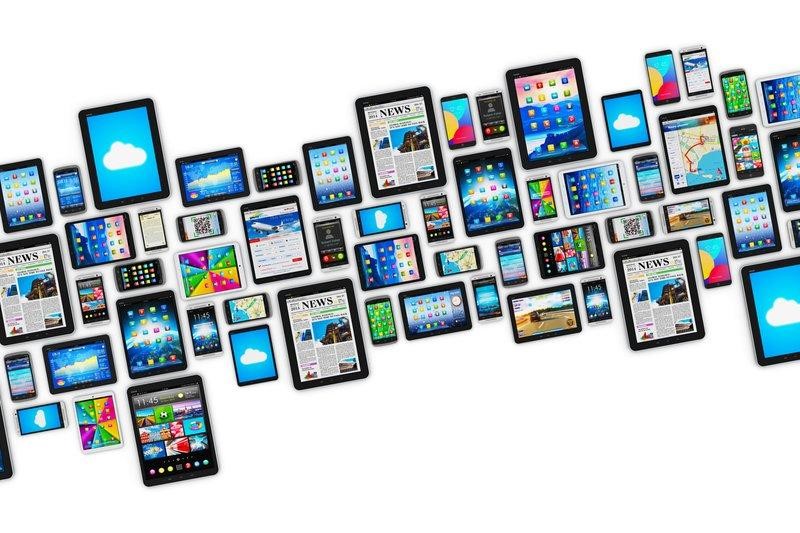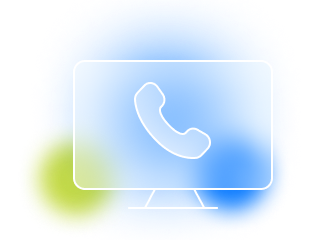With the onset of the COVID-19 pandemic, educators around the world quickly realized the importance of having accessible technology to facilitate learning during unforeseen circumstances. School districts with a solid educational technology infrastructure quickly and easily adapted to using remote learning models. Those who had not properly invested in technology were left scrambling to support students and parents within their districts. It became clear that proper control of educational technology is essential.

Educational technology investments are essential to adaptive learning models, but they must be implemented properly for maximum benefit. You want to make sure your school is getting the most out of your technology investments. We will explore the best practices for maintaining control of technology across your organization.
Why is Proper Control of Educational Technology Important?
When done well, educational technology can be a beneficial asset that aids learning for both students and teachers. However, when implemented poorly, technology can be expensive, cause frustration, and encourage resentment among students.
When devices aren’t properly controlled, they can serve as a distraction instead of a learning aid. Students will visit gaming websites or chat with friends instead of paying attention. Teachers are then forced to police device usage instead of concentrating on the lesson.
Without teacher education and buy-in, software programs can be misused. This can lead to inaccurate grading and cheating. Alternatively, teachers may abandon using these programs entirely, leading to wasted resources. And if the teachers don’t properly train the students, they will disrespect the devices, or get them lost or stolen. This will lead to more expenses when replacing lost or stolen devices.
For an educational technology program in the classroom to be successful, administrators must follow best practices for:
- Training users
- Controlling individual devices
- Selecting the best hardware and software options needed to meet learning goals
How to Integrate and Manage EduTech in the Classroom
The term “successful technology integration” can mean different things to different organizations, but the outcome of a successful integration should be the same – technology should provide learning opportunities that weren’t previously possible and give teachers insights on student learning behaviors that otherwise wouldn’t be available.
To accomplish this goal, administrators should include the following steps as the best practice for any technology integration plan.
Research the available technology
The ideal technology setup depends on a number of factors. These can range from the number of classrooms, the age of students, available devices, and the district’s learning goals. Before selecting new devices or technology, you should research what educational technology is available that meets the constraints of your organization.
When purchasing devices for all students, for example, there may be a backlog of orders at the manufacturer, especially when school districts across the country are shifting to remote or hybrid learning models as a result of the pandemic. Even if the technology is available, make sure it will meet your learning goals.
If you want to make virtual field trips or virtual reality experiences available to students, check with other schools that have implemented similar programs. Ensure the hardware and software you choose to support those programs is up to the task.

Enforce protocols and safety measures
With younger students especially, your school will be responsible for not only teaching the children how to use the device but also teaching them how to use it safely and responsibly. This involves using good judgment. Knowing which websites to visit, learning about plagiarism and how to avoid it, and exercising proper care of the device itself are crucial. In addition, your IT team should add additional safety measures, such as blocking unauthorized websites. This can help students learn where to be careful on the internet without exposing them to potentially harmful content.
Implement training programs
When adding new educational technology, many schools offer a brief training class or overview but leave teachers to manage the majority of the learning curve on their own. Plan your implementation schedule to include an in-depth training program with plenty of time to answer questions. Schedule this early enough in the implementation cycle that you can offer follow-up training if needed. Not all teachers are as technologically advanced as others. They may even need one-on-one training to get a solid grasp on best practices for involving students in the in-class activities. When training is designed with teachers’ comfort level in mind, technology is more likely to be embraced and used to its fullest potential.
Develop a device management plan for your educational technology
With hundreds–or perhaps thousands–of students at your institution, device management can be time-consuming and expensive. Finding a balance between providing equitable student access to educational technology and ensuring that devices are protected requires a well-oiled plan. Not only will your IT team need to care for and manage devices, but your entire teaching team will need to manage student devices within the classroom.
Providing an easy-to-use, all-in-one device management platform for your team can help them protect your technology investments. They will be able to concentrate on your ultimate goal of teaching, without needless distractions.
The Solution–The Radix MDM for Control of Educational Technology
While proper care with device management and technology implementation is important, it doesn’t have to be difficult. You can serve the needs of all stakeholders in your organization and simplify the management process by utilizing the Radix MDM for Education all-in-one platform.
This comprehensive platform acts as the central technology hub for your entire organization. The Radix MDM will allow you to manage mission-critical tasks and facilitate remote learning environments for all users from a single portal. Other platform features allow administrators to:
- View and manage full control of what students are seeing on their screens
- Perform application installation and updates from a remote location
- Create private and encrypted work environments for select users
- Simplify and combine routine workflow tasks and updates
- Remotely manage other user devices for troubleshooting and assistance
- Group devices based on preset tags
- Lock, track, and clear misplaced or stolen devices
- Broadcast alerts to predefined groups of devices
- Great digital fences to trigger notifications whenever a device leaves the perimeter
With these and many other helpful features, your administration can rest easy knowing they can easily manage all the devices on your school’s network even when teachers and students are learning remotely. All device management tasks are performed through our proprietary, single-stream platform. Radix makes control of educational technology in your classrooms simple and efficient.
Get started with a free trial of the Radix MDM today, to evaluate how it can help your team streamline your technology management.





